4.6 /10 1 Votes
4/10 IGN Initial release date 3 April 2008 | 52% GameFAQs Designer(s) Atsushi Ichiyanagi | |||||||||||||||||||||||||||||||||
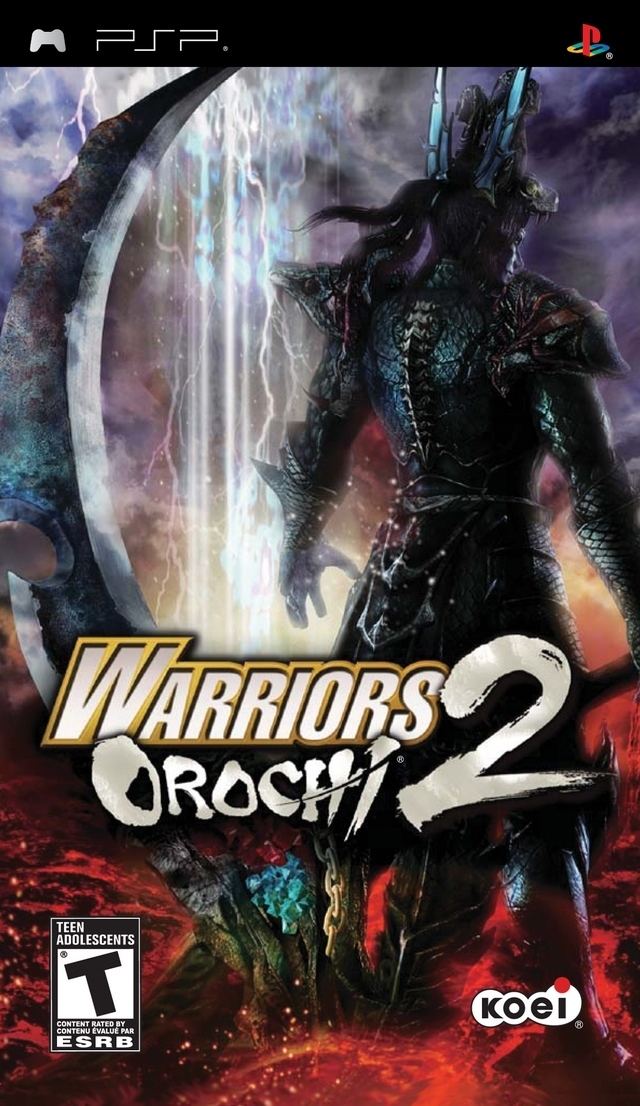 | ||||||||||||||||||||||||||||||||||
Similar Koei games, Hack and slash games, Other games | ||||||||||||||||||||||||||||||||||
Classic game warriors orochi 2 aka musou orochi mao sairin xbox 360
Warriors Orochi 2, known in Japan as Musō Orochi: Rebirth of the Demon Lord (無双オロチ 魔王再臨, Musō Orochi: Maō Sairin, lit. Unmatched Orochi: Rebirth of the Demon Lord), is a 2008 video game developed by Koei (now Tecmo Koei) and Omega Force for the PlayStation 2. It is the sequel to Warriors Orochi, a crossover video game of the Dynasty Warriors and Samurai Warriors series. The game was released on September 23 in North America and September 19 in Europe. A version for the Xbox 360 was released on September 4, 2008 in Japan, and alongside the PS2 releases in North America and Europe. A PlayStation Portable version has been released in Japan, North America and Europe.
Contents
- Classic game warriors orochi 2 aka musou orochi mao sairin xbox 360
- ps2 warriors orochi 2 gameplay
- Plot
- Shu story
- Wei story
- Wu story
- Samurai story
- Orochi story
- Characters
- Gameplay
- Reception
- References

ps2 warriors orochi 2 gameplay
Plot
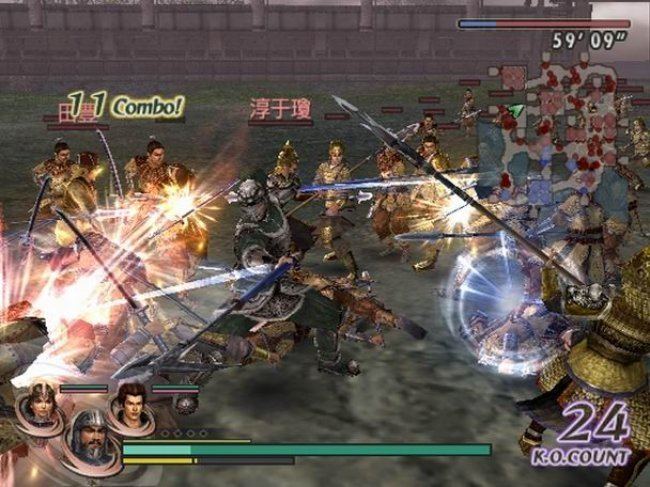
The game starts with the defeat of Orochi at the end of the first game, the new land consisting of the warriors from the Three Kingdoms Era of China and the Warring States period of Japan found peace. It was, however, not destined to last. Former officers under the Orochi army broke away and formed their own armies, while others not affiliated with Orochi began to create armies of their own as well. All the while, an evil plot is in motion behind the scenes, to revive the greatest evil the world has ever known: Orochi himself.
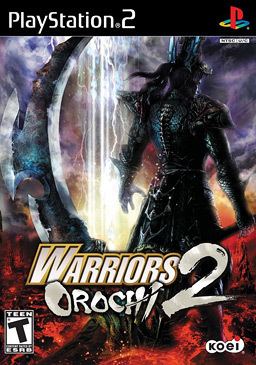
As in the first game, the game is told in several subplots that connect with each other. Each subplot is named after the three kingdoms from the Three Kingdoms era of China and one from the Warring States period of Japan. The game adds one more subplot titled "Orochi" which is actually a prequel of the first game told from the Orochi Army's perspective, showing his rise of power. Again, the characters are scattered to join different kingdoms due to the plot, though they are still placed in their original kingdoms in the character selection screen.
Shu story

In the Kingdom of Shu story, Liu Bei is concerned with the growing threat of his enemies fighting for power over the dimensional world after Orochi's defeat. He soon forms an alliance with several allies, such as Ieyasu Tokugawa, Yoshimoto Imagawa, and Sun Shang Xiang to defend Shu from collapsing. They are soon joined by a mysterious mystic named Taigong Wang. Trying to capture Da Ji (who has escaped after Orochi's death), he asks Shu for their assistance.
Wei story
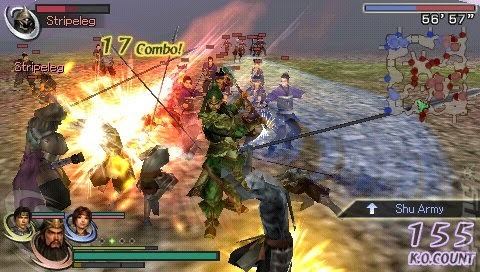
In the Kingdom of Wei story, Cao Cao begins reforming his forces when he sees that the Orochi Army has started to grow in strength despite Orochi's death. He is joined by a mystic named Nu Wa who, despite her assistance to help Cao Cao, refuses to answer questions regarding anything related to Da Ji or the monkey king Sun Wukong, who recently leads an army of "circus". Regardless, both try to uncover the secrets behind Da Ji and Sun Wukong, who seem to be working for the same goal.
Wu story
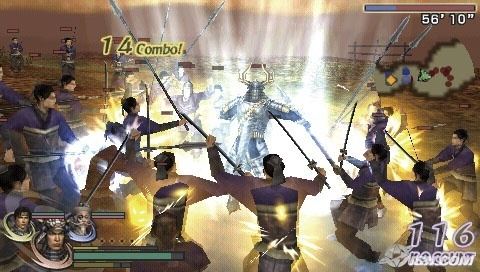
In the Kingdom of Wu story, Wu has lived in peace following Orochi's death. The leader of the kingdom, Sun Jian does not build an army despite the other warlords such as Cao Cao forming their own. He does, however send several of his men as spies in anticipation of their attacks. One of his sent officer, Ranmaru Mori reports the sighting of a man named Yoshitsune Minamoto battling Lu Bu. After rescuing him, he requests Wu's help to find his nemesis Kiyomori Taira, who actually has a secret plan in progress.
Samurai story
In this story, after Orochi's defeat, Sakon Shima is on his way to visit Shingen Takeda when he sees the Yellow Turbans (led by Zhang Jiao) being attacked by Dong Zhuo. Realizing the threat caused by the hunger of warlords, he begins forming his forces by inviting the three daimyos Shingen Takeda, Nobunaga Oda, and Kenshin Uesugi. He also meets a mystic named Fu Xi, who tells him that the Orochi Army is planning something.
Orochi story
This story is a prequel of the first game, showing how Da Ji frees Orochi from the mystic world and him twisting the Three Kingdoms era of China and the Warring States period of Japan to form a new dimensional world. Joined by Dong Zhuo, they begin their quest to defeat all warriors and make them their slaves. Meanwhile, a group of mystics led by Taigong Wang, Fu Xi, and Nu Wa, try to stop Orochi and imprison him again.
Characters
The first Warriors Orochi boasts a roster of 79 playable characters spanning both the Dynasty Warriors and Samurai Warriors series. This game introduces a total of 13 new characters, including characters new to the Warriors franchise. Along with all the characters from the first game returning, 92 characters encompass the roster of Warriors Orochi 2.
Several existing characters from the Warriors games that did not appear in Warriors Orochi make their debut in the sequel. For the first time since Dynasty Warriors 3, Fu Xi and Nu Wa are playable, complete with updated character models. Additionally, because this game is released after Samurai Warriors 2: Xtreme Legends, Yoshimoto Imagawa's updated character model, Kojiro Sasaki, Katsuie Shibata, Toshiie Maeda, Motochika Chōsokabe and Gracia are included.
In addition, there are other characters, new to the Warriors franchise, that appear as well:
There are also two characters, Dodomeki and Gyuki, that are playable only in Survival and VS modes only. They are modeled after two new classes of Orochi generic generals. Dodomeki is a speed-type character that shares a similar moveset to Kotaro Fuma, while Gyuki is a power-type character that possess a unique moveset.
* Denotes new characters to the series.
** Denotes new characters added through ports.
Bold denotes default characters.
Gameplay
In addition to the Story, Free and Gallery Modes from the first game, there are other new modes of gameplay:
Twenty new stages are included in the sequel. Most of the stages were brought over from Dynasty Warriors 5: Xtreme Legends and Samurai Warriors 2 Xtreme Legends. Most, if not all, stages from the first Warriors Orochi return in the stories, while others are used in Dream Mode stages.
Unlike the first game's character palette swaps, Warriors Orochi 2 features different costumes for each character. Each character has three costumes; the same 2 palette swap costumes as in the first game return, and a different costume that is either their Dynasty Warriors 4 costume or their Samurai Warriors costume (with the exceptions of Oichi and Masamune Date). Characters that debuted after Dynasty Warriors 4 or the original Samurai Warriors have new alternate costumes entirely. To unlock these 3rd costumes, the characters must have their proficiency at level 10.
To promote Dynasty Warriors: Strikeforce, the PSP version of Warriors Orochi 2 features the Musou Awakening forms of Zhao Yun, Xiahou Dun and Sun Shang Xiang as usable costumes, unlocked by completing the story modes.
The U.S., European and Taiwan releases have additional features exclusively to the PSP version of the game. These features include the addition of the Japanese voices, an installation to the Memory Stick Duo to decrease load times, and additional characters, such as Benkei and San Zang, and contents from the unreleased Musou Orochi Z which KOEI announced would not be released outside Japan.
Reception
Warriors Orochi 2 was met with very mixed to negative reception. GameRankings and Metacritic gave it a score of 58.75% and 56 out of 100 for the PSP version; 54.17% and 52 out of 100 for the PlayStation 2 version; and 44.64% and 44 out of 100 for the Xbox 360 version.
As of July 9, 2008, the game has sold 946,131 copies in Japan, according to Famitsu, which also gave the Xbox 360 version a score of 8, 9, 8, and 9, up to a total of 34 out of 40.
